

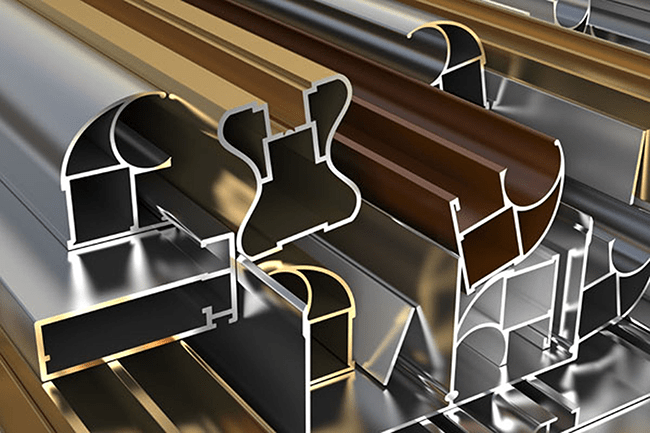
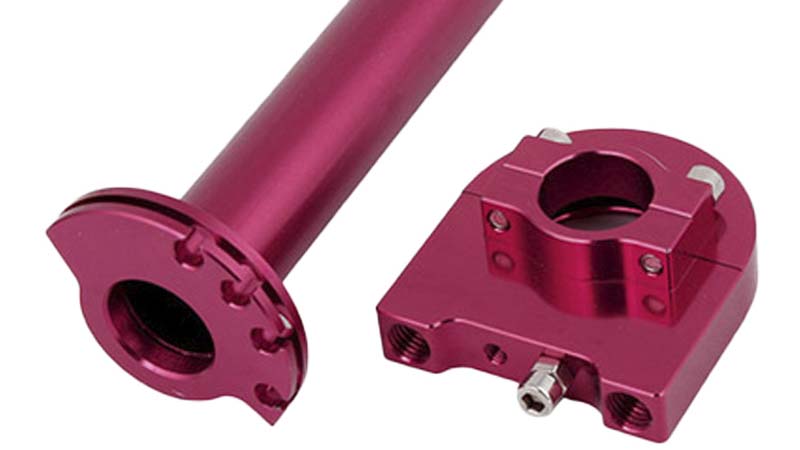

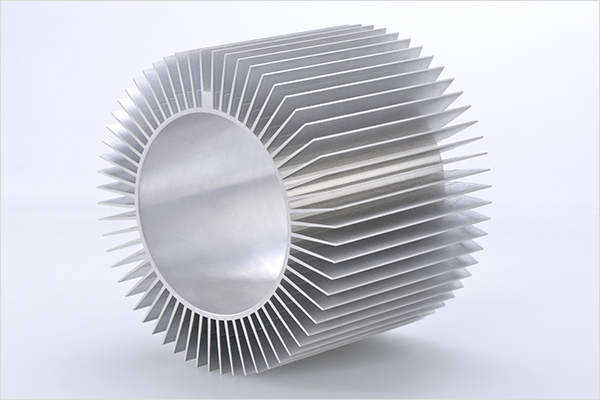
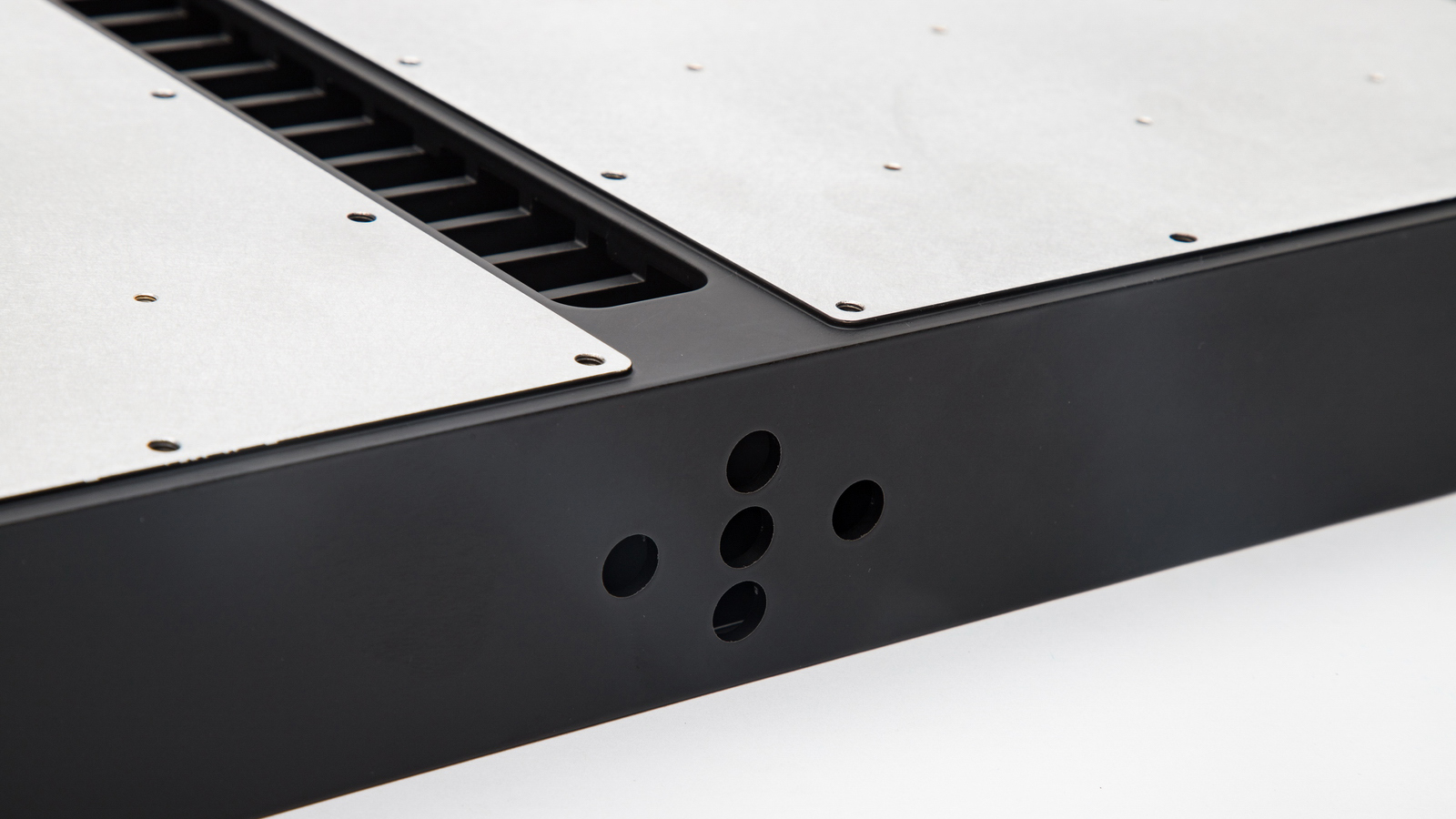



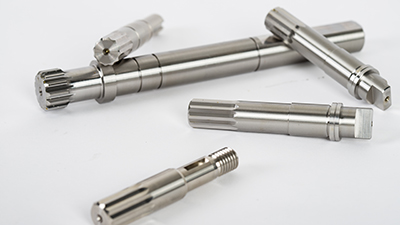
Metal Stamping: A Detailed Overview
1. Executive Summary
Metal Stamping is a high-volume, cold-forming
manufacturing process that uses specialized presses and tooling (dies) to
transform flat sheet metal (in coil or blank form) into a desired shape. It is
a highly efficient and rapid process ideal for producing a vast range of parts,
from simple brackets to complex, multi-component assemblies, with excellent
repeatability and low per-part cost.
2. Core Principle & Key Characteristics
The fundamental
principle involves placing a sheet metal blank between two halves of a
precision tool (a die) and applying immense force to shear, bend, or stretch
the material into a new, permanent shape.
Key Characteristics:
3. Primary Stamping Operations
Metal stamping
encompasses several distinct processes, often performed in sequence within a
single die.
1. Cutting / Shearing
Operations that remove metal by subjecting it
to stresses that exceed its shear strength.
2. Bending / Forming
Operations that strain the material around a
straight axis, changing its shape without significantly changing its thickness.
3. Drawing / Stretching
Operations that transform flat sheet metal
into hollow or concave shapes (like cups or shells) by forcing the metal to
flow plastically into a die cavity.
4. Stamping Presses & Tooling
A. Types of Stamping Presss
B. Types of Stamping Dies
The tooling is what defines the operation.
5. Key Terminology
|
Term |
Definition & Context |
|
Die |
The complete tooling assembly that cuts or
forms the metal. It consists of a punch (upper, male
part) and a die (lower, female
part). |
|
Punch & Die |
The specific components that perform the
cutting or forming. The punch is the active part that moves into the
stationary die. |
|
Tonnage |
The amount of force a press can exert,
measured in tons. It determines the thickness and strength of the metal that
can be stamped. |
|
Strip Layout |
The planned arrangement of parts on a sheet
or coil of metal to minimize material waste. |
|
Pilot |
A precision pin in the die that ensures the
metal strip is accurately positioned at each station in a progressive die. |
|
Knockout |
A mechanism that pushes the finished part
or scrap slug out of the die after the operation. |
|
Burr |
A sharp, rough edge left on the metal after
a cutting operation. It must often be removed in a secondary process
(deburring). |
|
Springback |
The elastic recovery of the metal after
bending, causing the final bend angle to be slightly less than the angle in
the die. The die must be designed to over-bend to compensate. |
6. Advantages and Limitations
|
Advantages |
Limitations |
|
Extremely low cost per part at high
volumes. |
Very high initial cost for tooling (die
design and fabrication). |
|
High production rates and repeatability. |
Long lead time for die creation and setup. |
|
Ability to produce complex parts with tight
tolerances. |
Not economical for low-volume production or
prototypes. |
|
Minimal waste material through efficient
nesting. |
Part design is constrained by stamping
rules (e.g., bend radii, hole proximity). |
|
Excellent strength-to-weight ratio in the
final parts. |
Limited to parts that can be formed from
sheet metal. |
7. Common Applications
Metal stamping is ubiquitous in modern
manufacturing:
Conclusion
Metal Stamping is a cornerstone of mass
production. While the initial investment in tooling is significant, its
unparalleled speed, consistency, and low per-part cost make it the dominant
manufacturing process for high-volume sheet metal components across virtually
every industry.